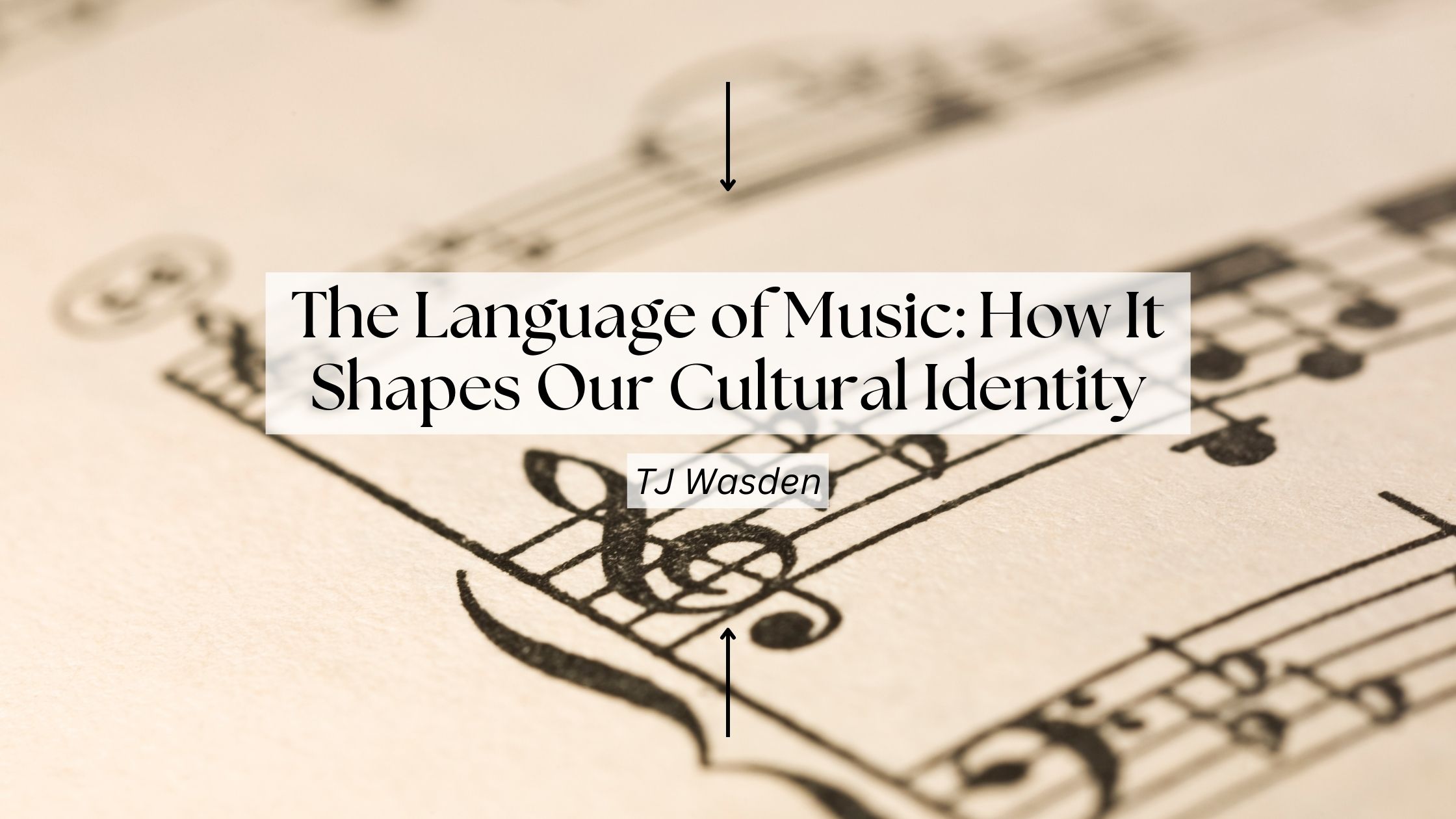
Music is a universal language that transcends borders, bringing people together and conveying emotions and messages that words alone often cannot express. It profoundly shapes cultural identity, connecting individuals to their heritage, traditions, and the broader human experience.
Preservation of Tradition:
Music is a powerful tool for preserving cultural traditions and heritage. Through generations, music has been used to pass down stories, rituals, and values. Folk songs, for example, encapsulate the essence of a culture’s history and identity, serving as a bridge between the past and present.
Cultural Expressions and Beliefs:
Music serves as a medium for cultural expression, allowing individuals and communities to communicate their beliefs, values, and aspirations. Religious hymns, spirituals, and chants, for instance, convey deeply held faith and spirituality, connecting individuals to their religious and cultural roots.
Celebration and Rituals:
Music is central to celebrations and rituals, marking significant events such as weddings, births, and funerals. Cultural music and dance traditions provide a sense of unity and identity during these pivotal moments.
Identity and Nationalism:
National anthems and patriotic songs embody the spirit and identity of a nation. These musical expressions serve as a source of unity, pride, and shared values for citizens, reinforcing their cultural identity and love for their homeland.
Social Movements and Protest:
Music has been a driving force in social movements and protests. Songs like “We Shall Overcome” during the civil rights movement or “Blowin’ in the Wind” during the anti-war movement became anthems of change, galvanizing communities and sparking social awareness.
Bridging Cultural Divides:
Music can bridge cultural divides and foster understanding between different groups. Collaborations between artists from diverse backgrounds can create unique musical fusions that celebrate cultural diversity while promoting unity.
Influences on Art and Literature:
Music often inspires other forms of artistic expression, influencing art, literature, and dance. For example, composers like Tchaikovsky and Stravinsky have profoundly impacted ballet and the visual arts.
Cultural Exchange and Globalization:
Music is a vehicle for cultural exchange in our increasingly globalized world. Artists from various cultures share their music, creating cross-cultural appreciation and collaboration opportunities.
Language of Emotion:
Music is a universal language of emotion. It can convey joy, sadness, love, and anger in ways that resonate with people across different cultures. A powerful melody or rhythm can evoke a shared emotional experience.
Cultural Heritage Preservation:
Efforts are made to preserve cultural heritage by documenting and recording traditional music. This ensures that future generations can access and appreciate the music that defines their cultural identity.
Cultural Tourism and Economic Impact:
Music is significant in cultural tourism, drawing visitors to regions and events with rich musical traditions. This, in turn, contributes to local economies and supports the preservation of cultural identity.
The language of music is a powerful force in shaping cultural identity. It serves as a means of preserving tradition, expressing beliefs, and marking important life events. Music can transcend cultural divides, inspire social change, and foster a sense of unity.
